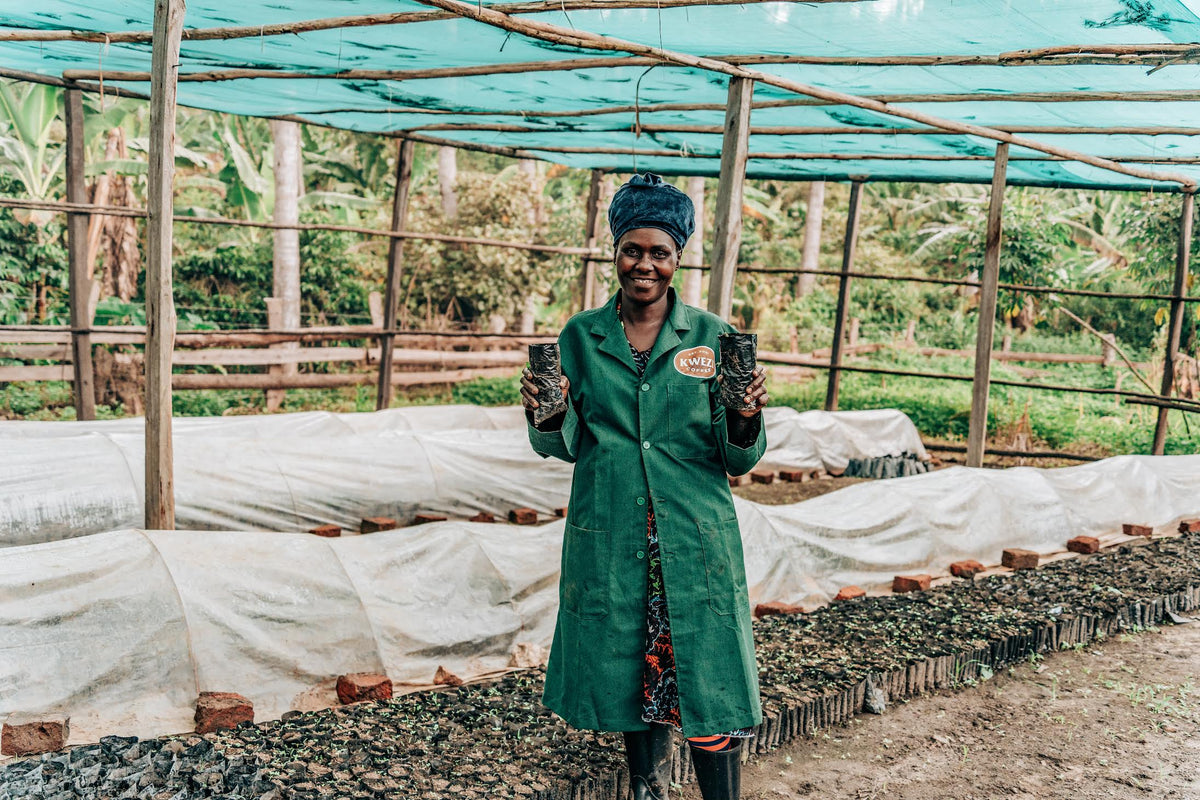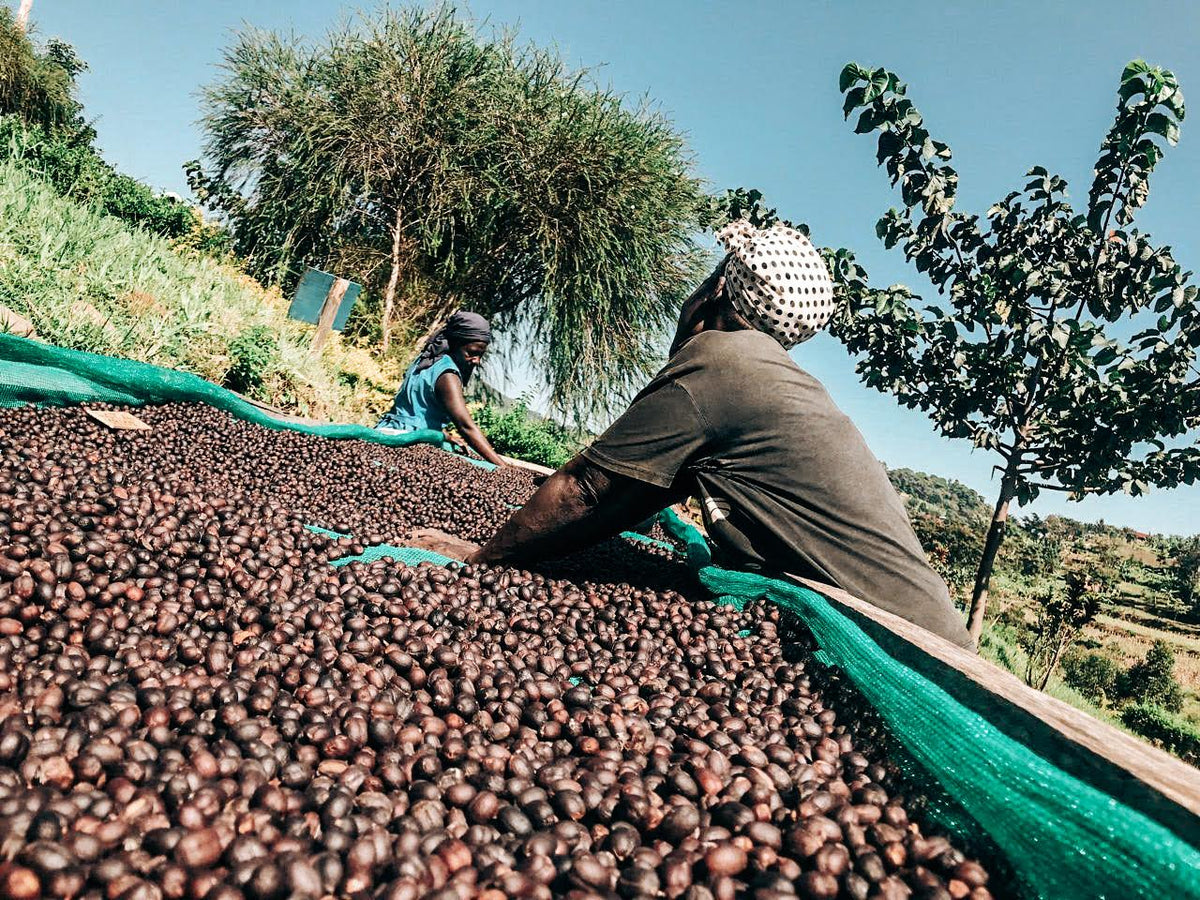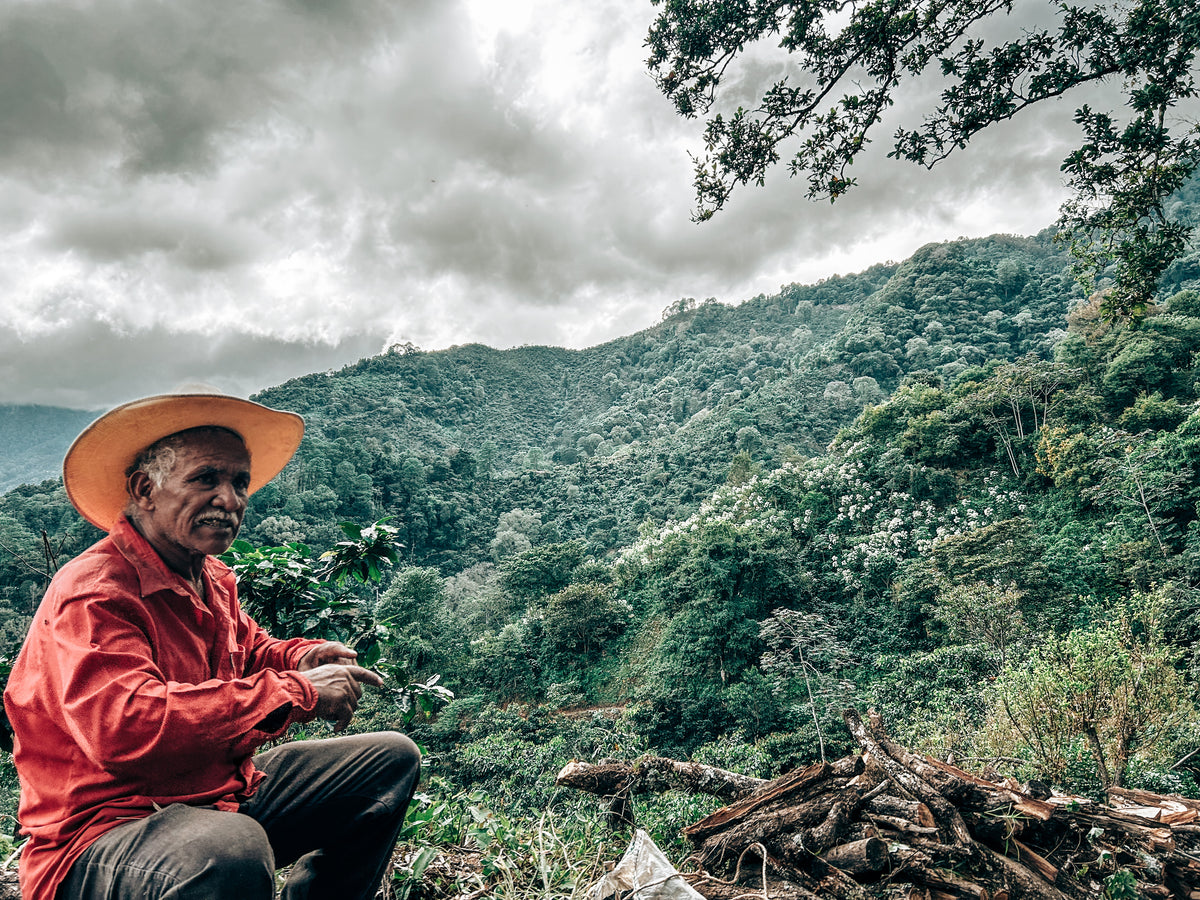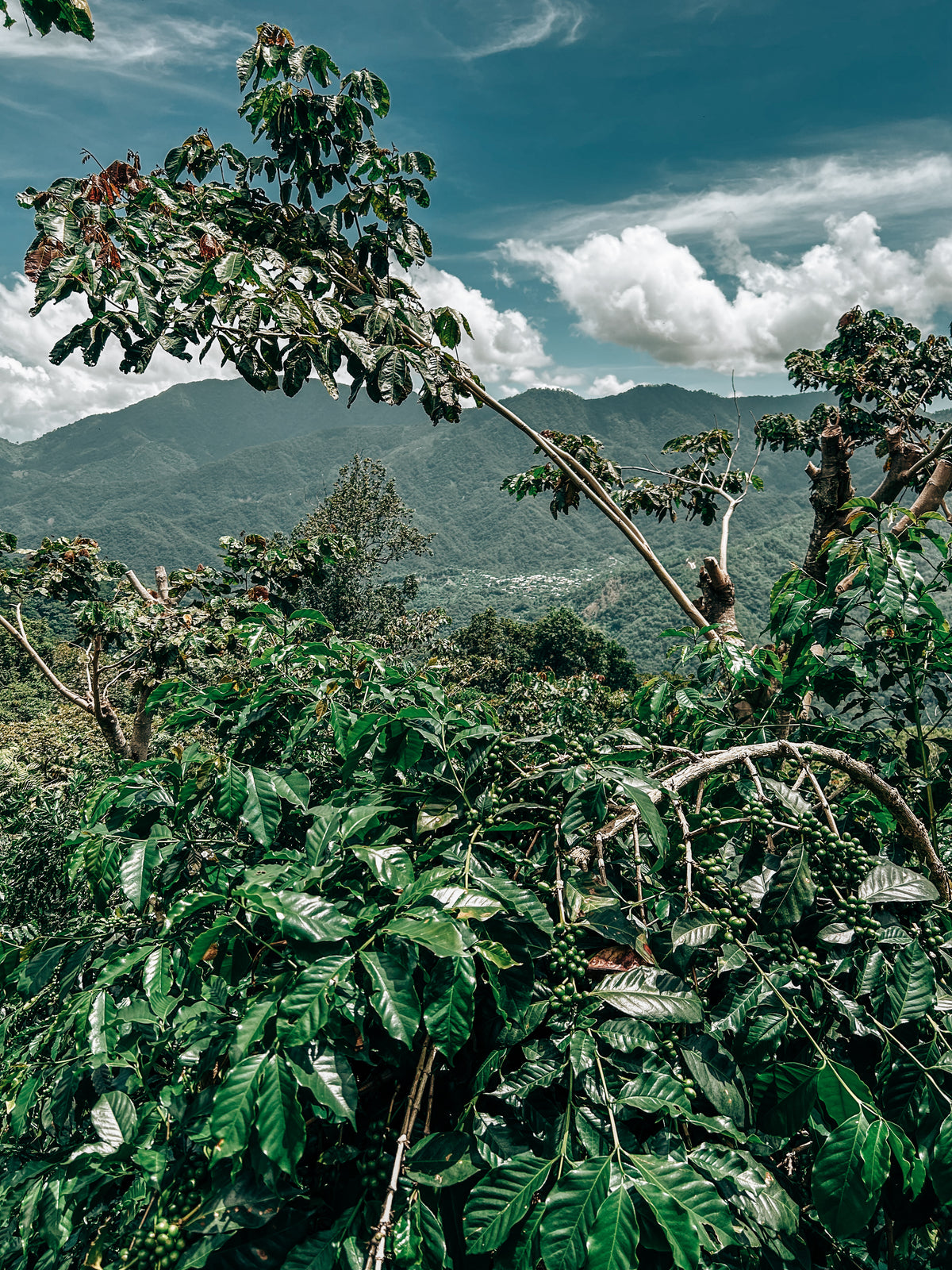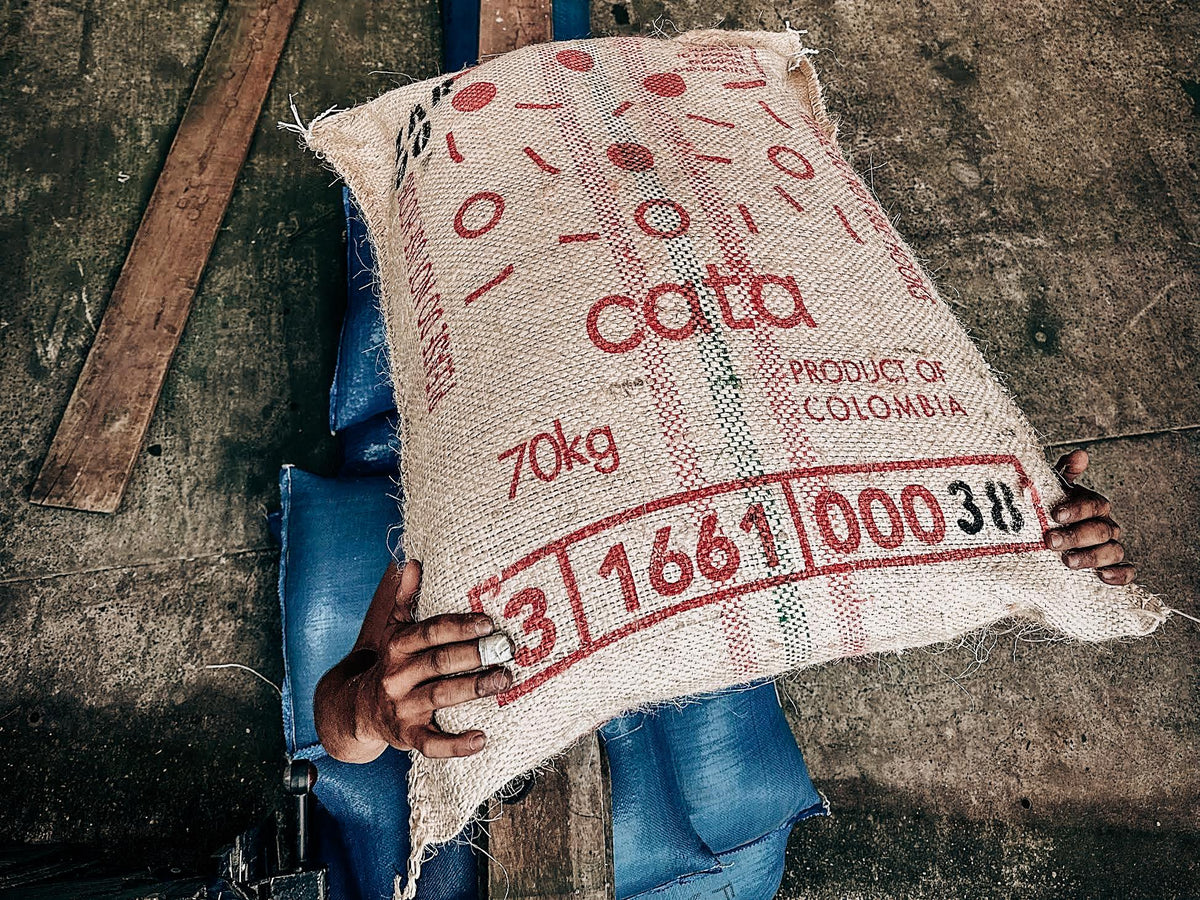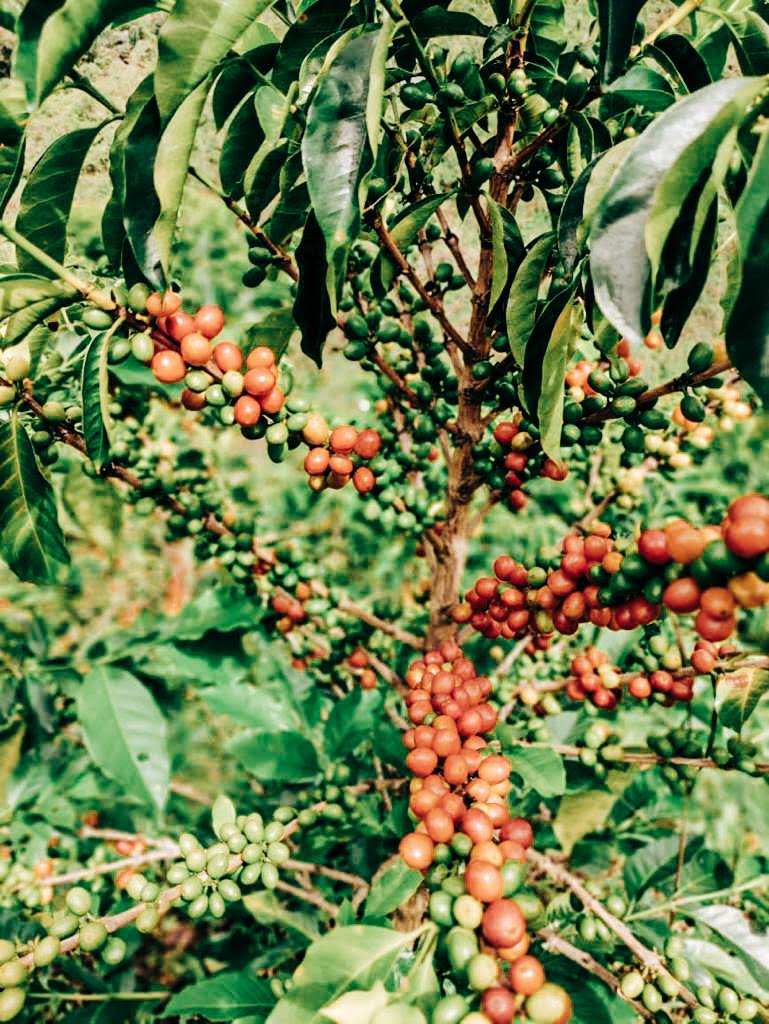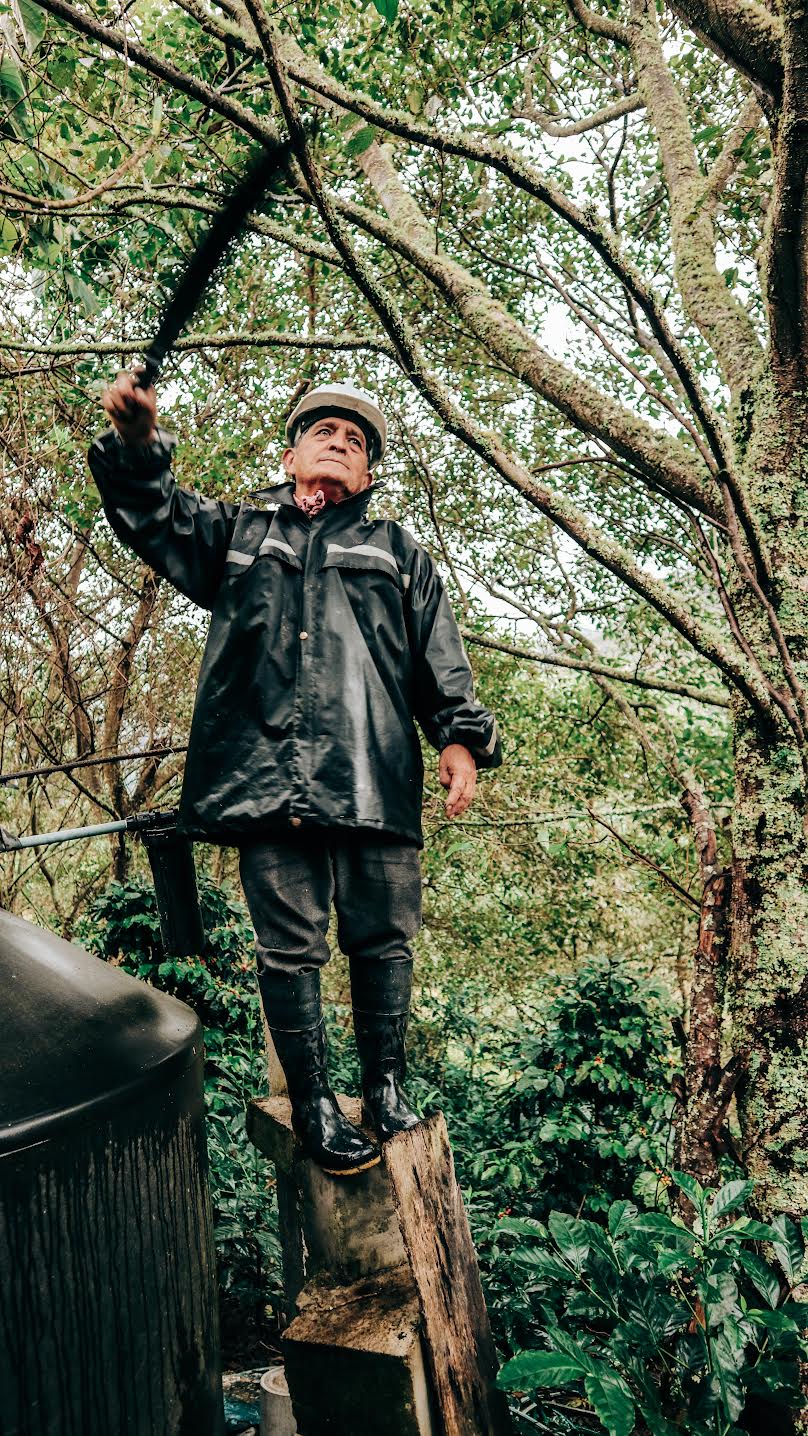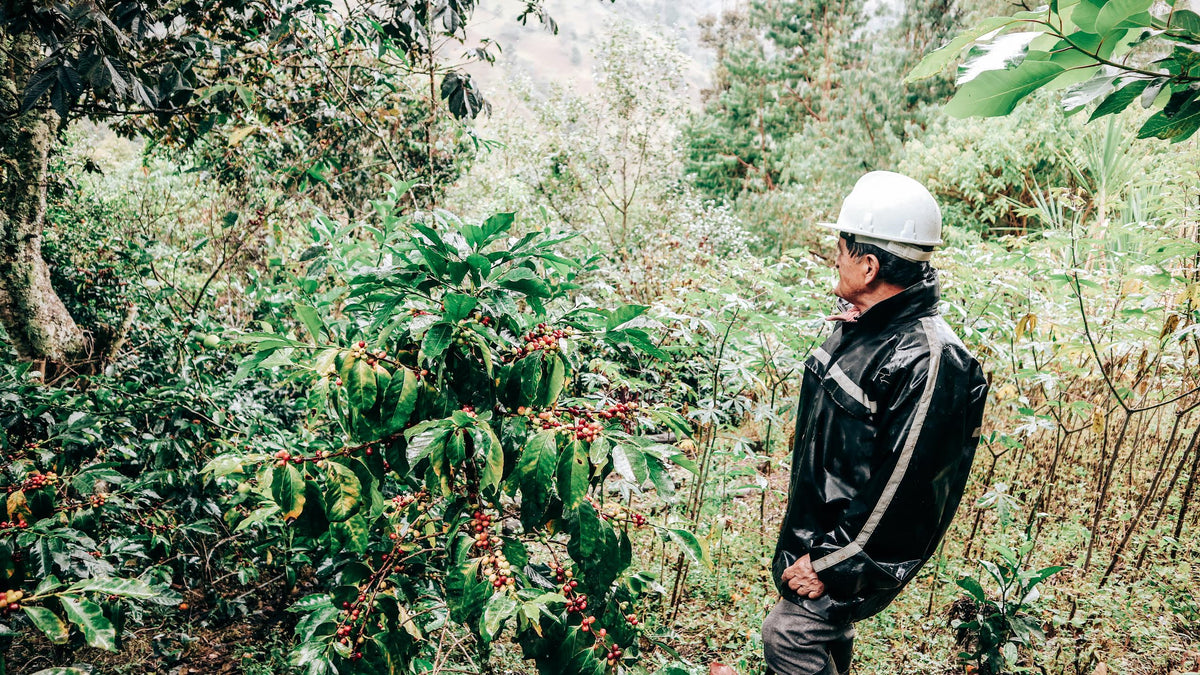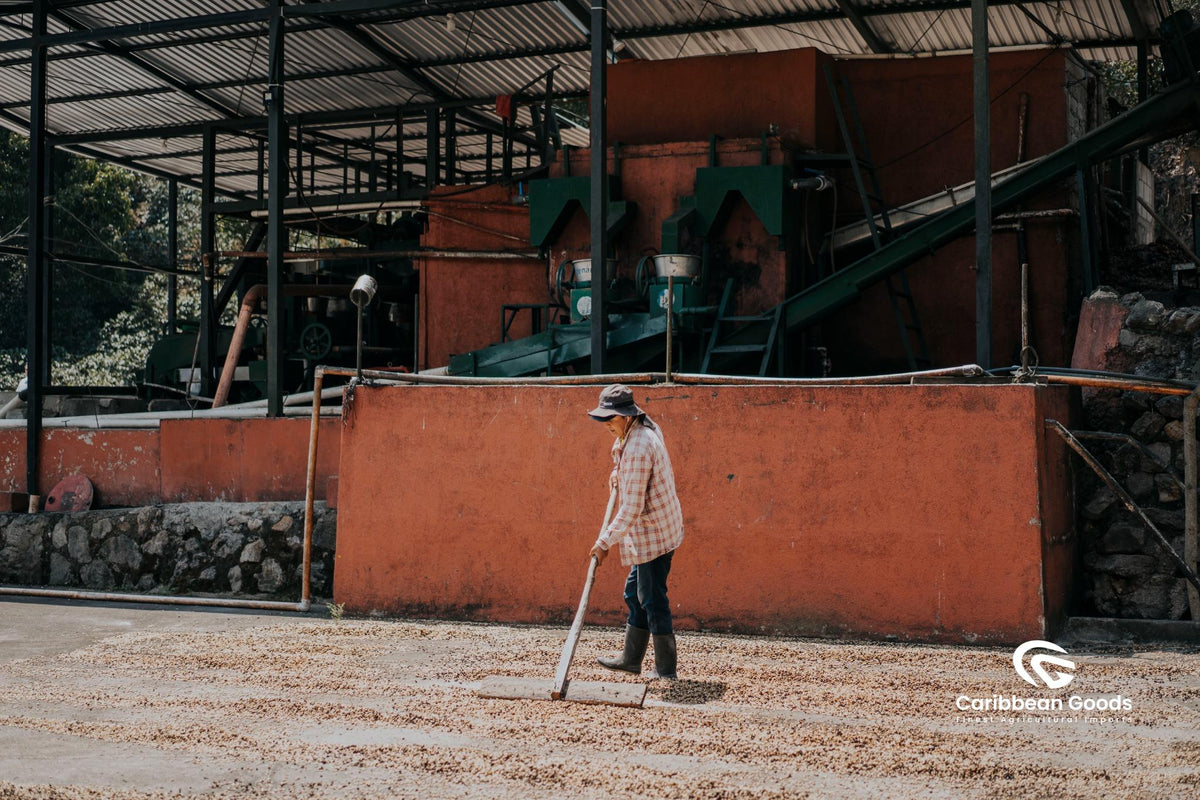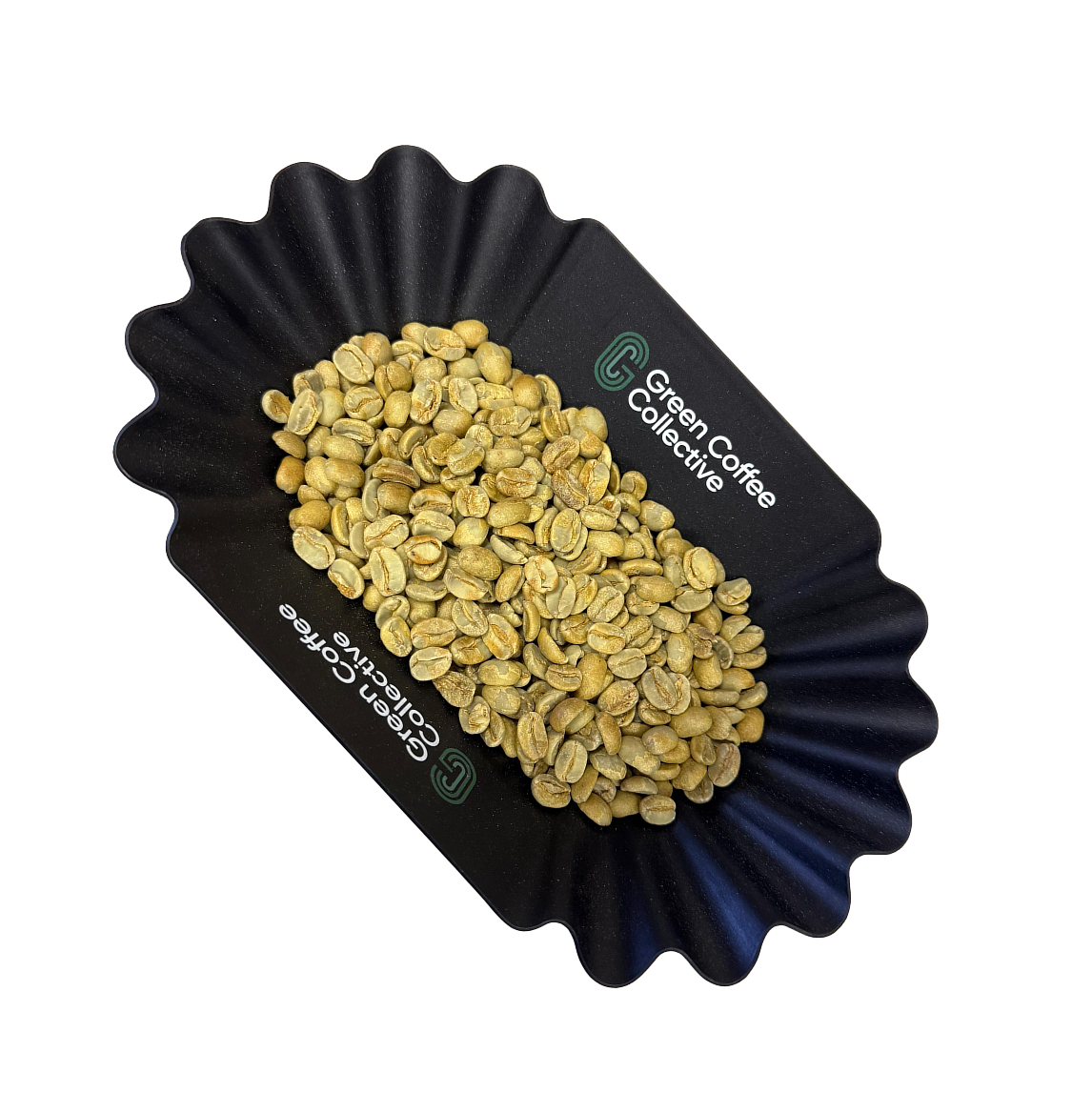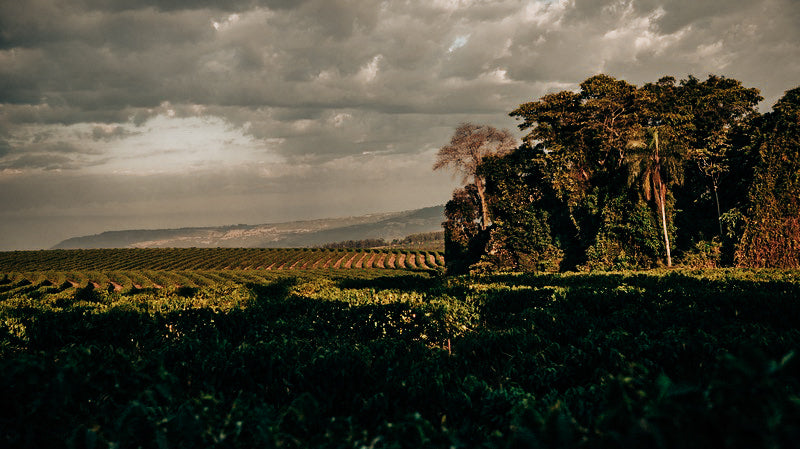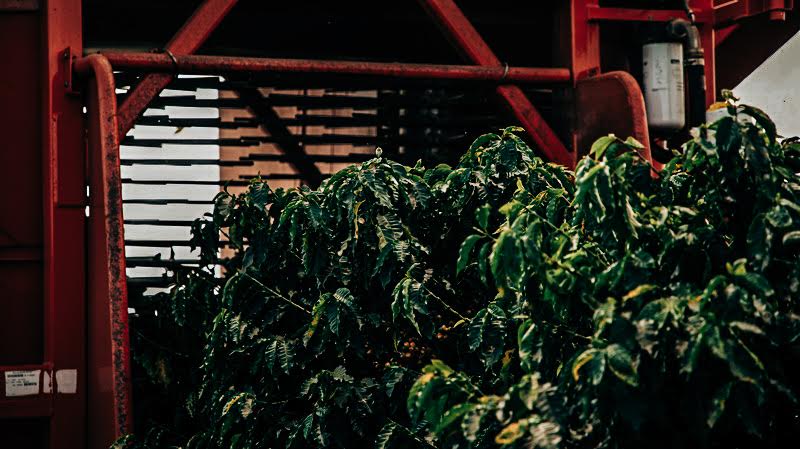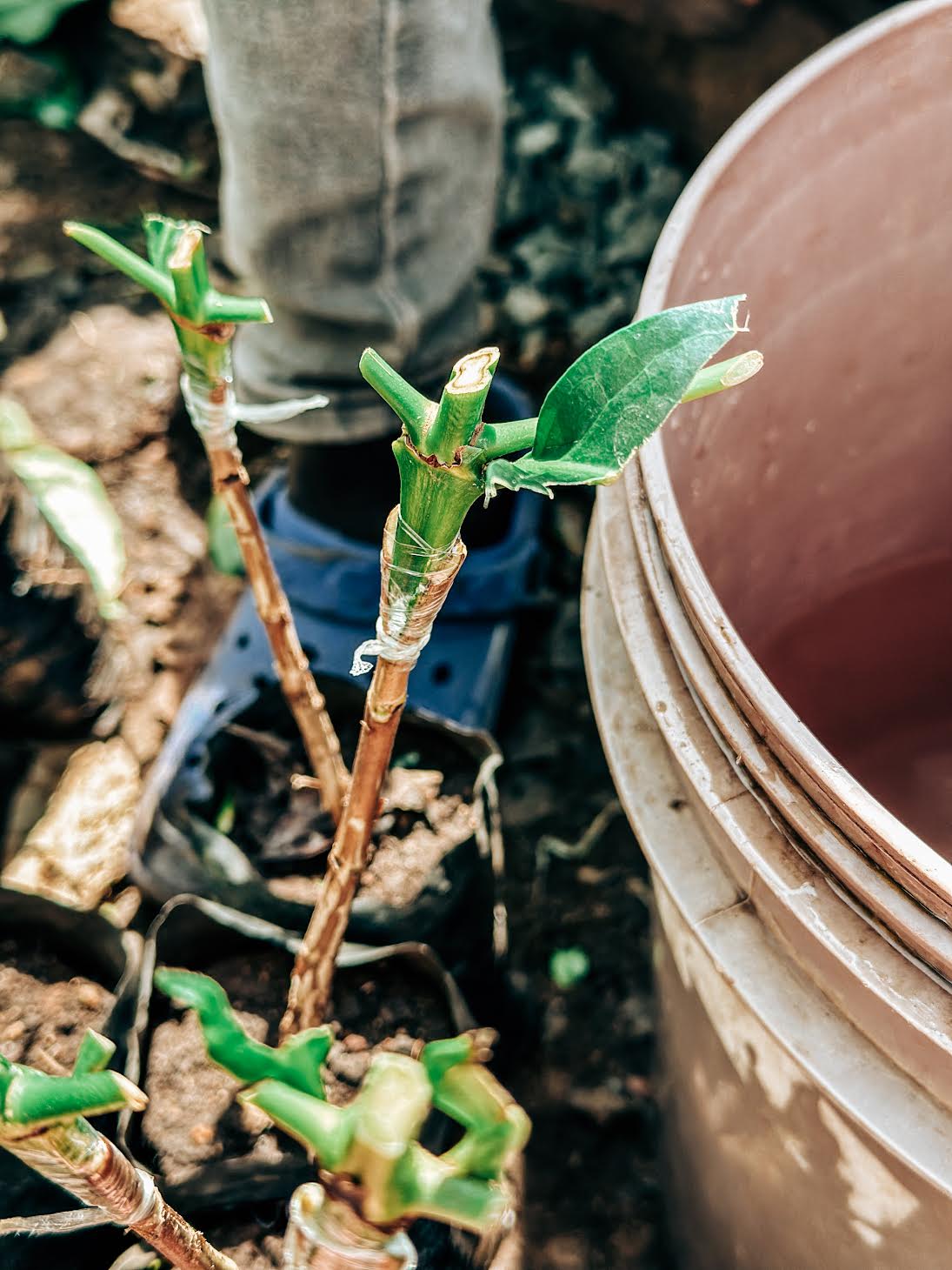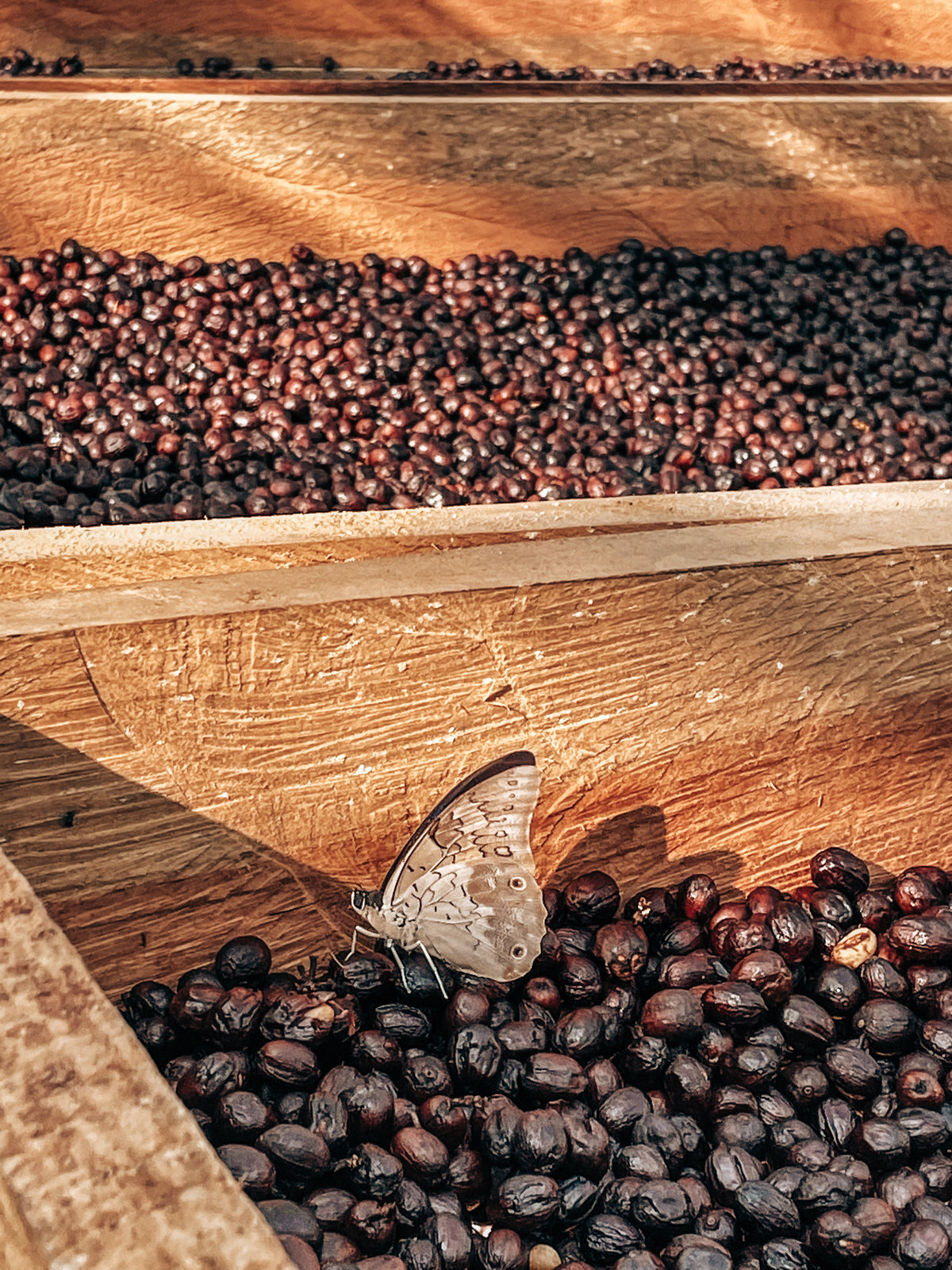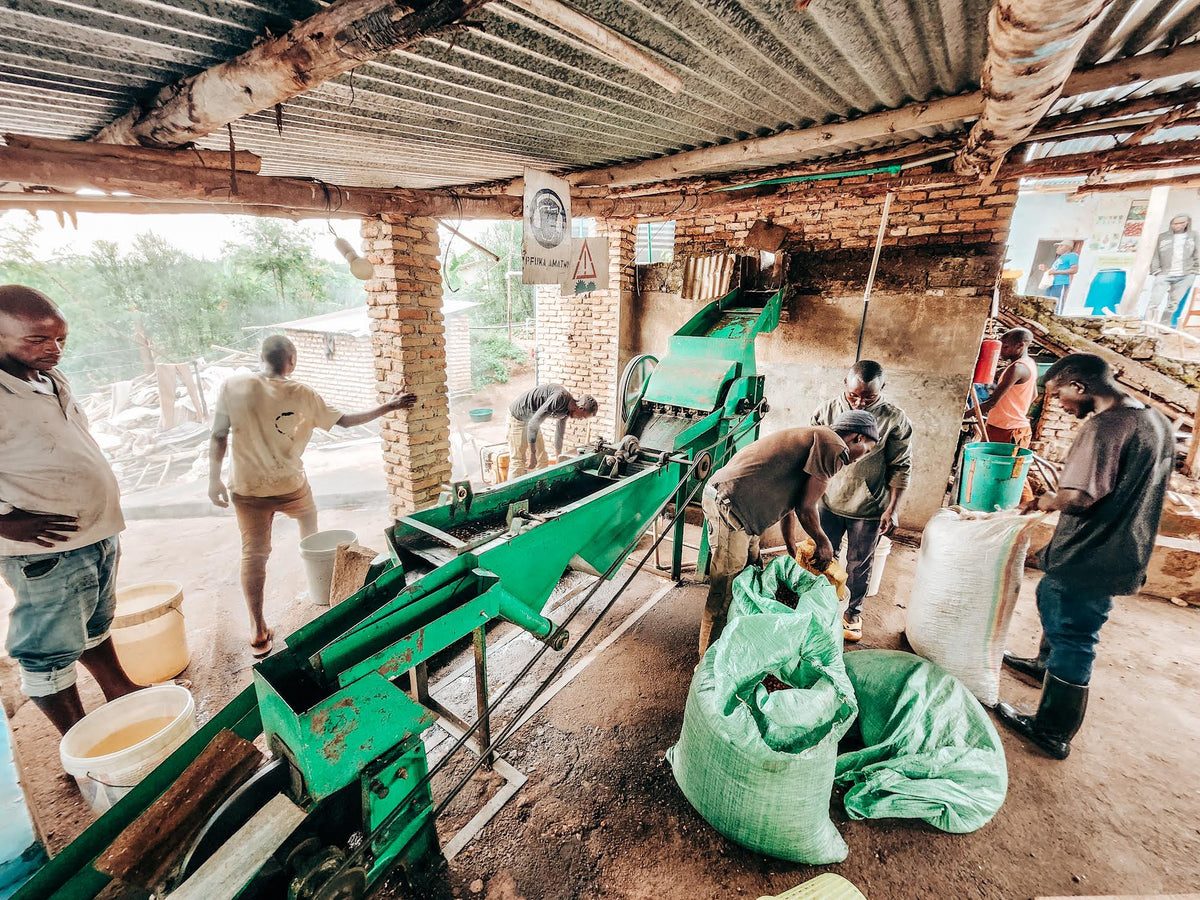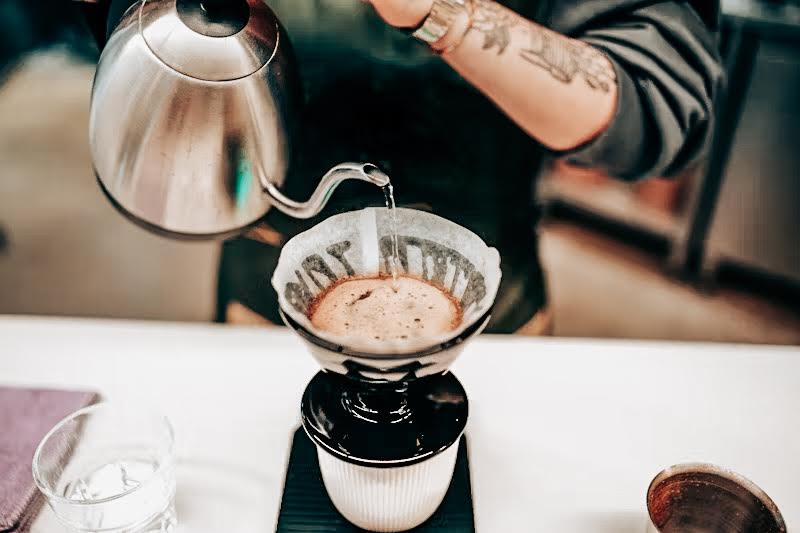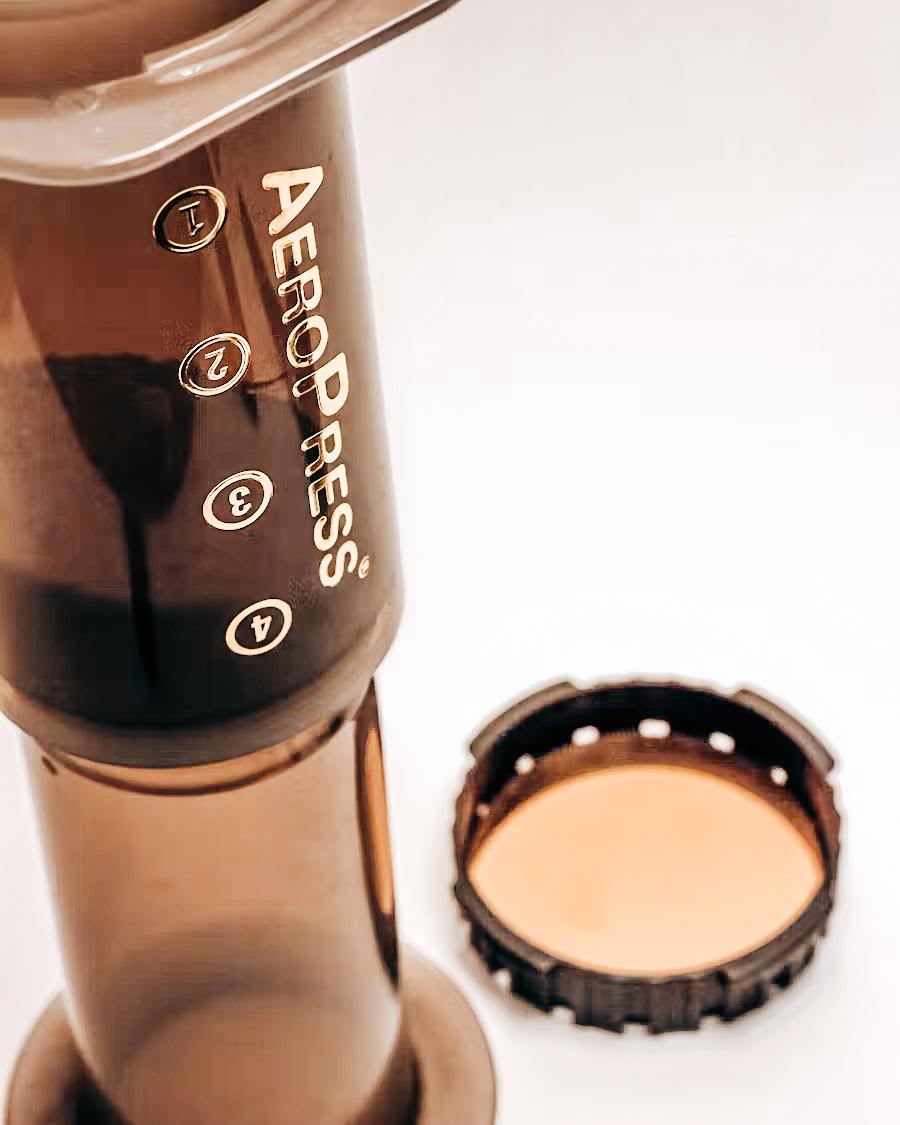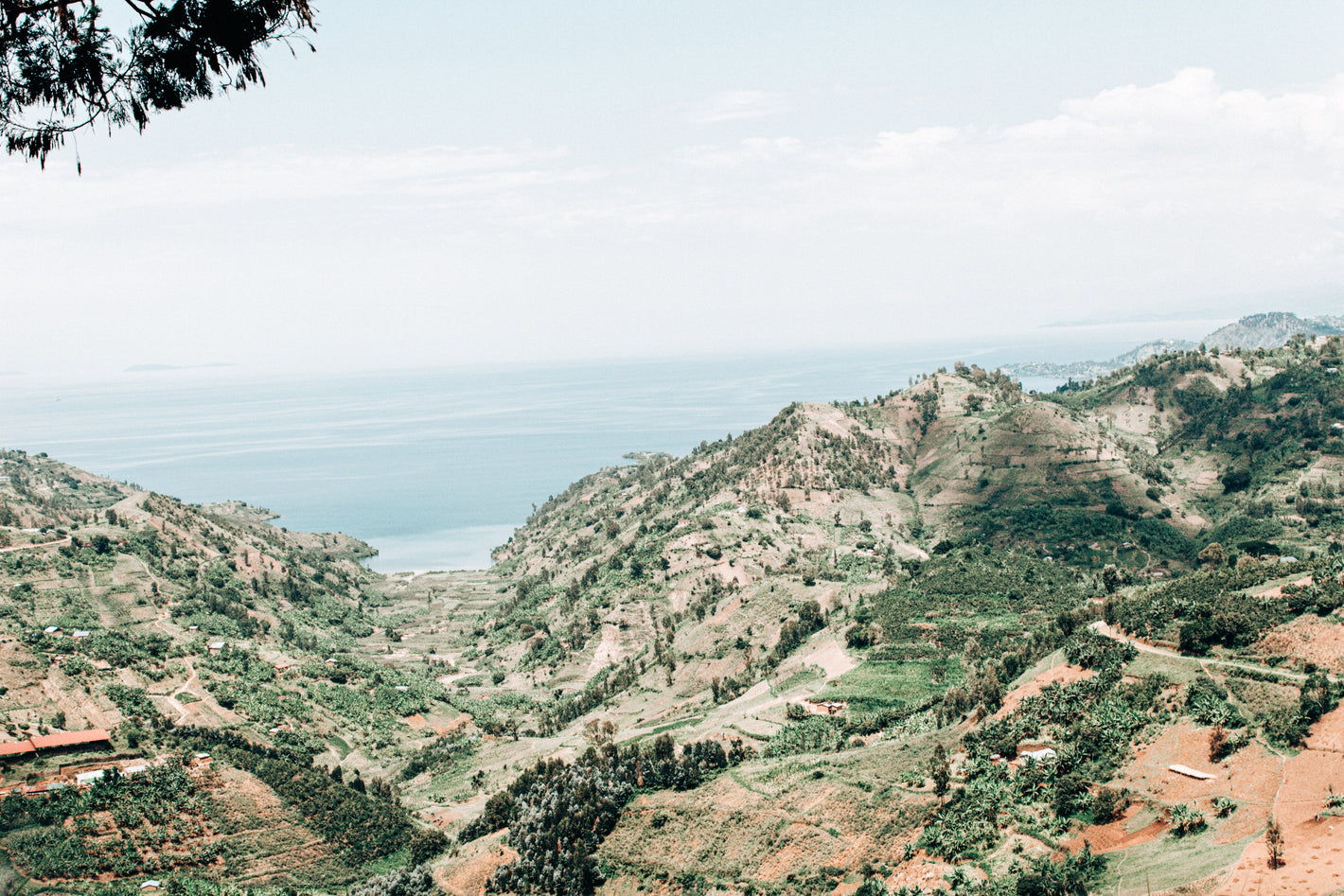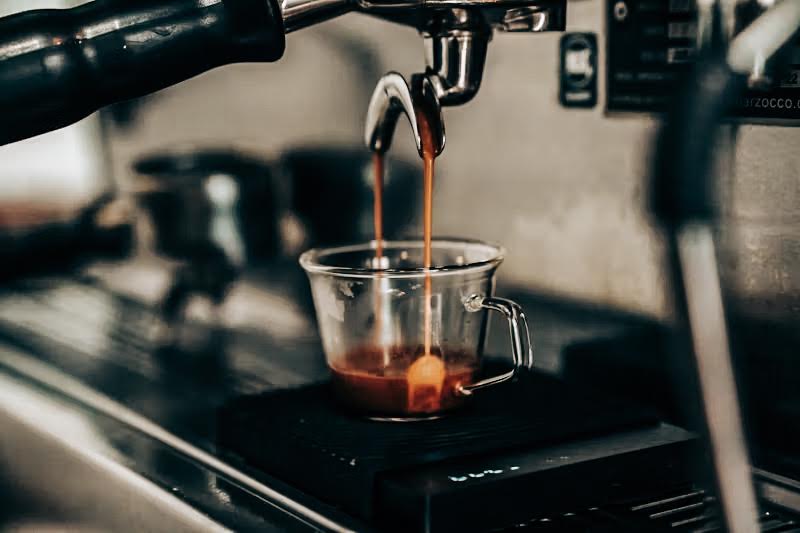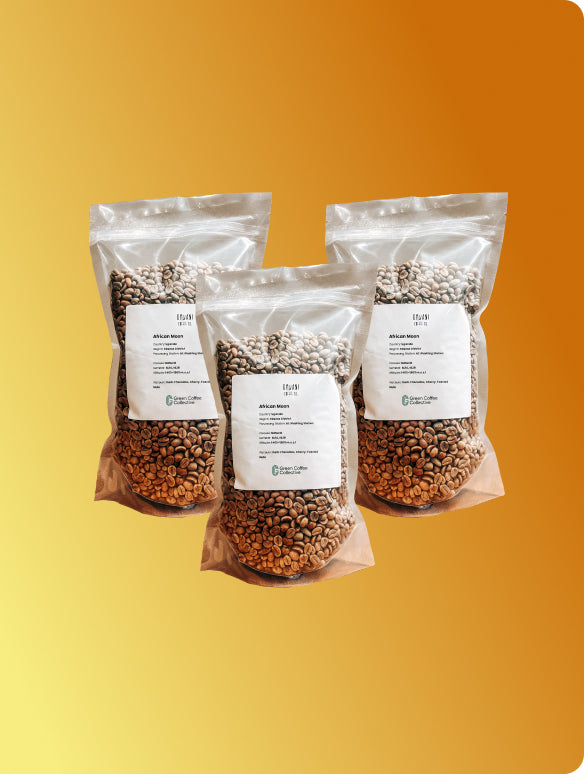
Green Coffee Beans for Cold Brew
Cold brew brings out a different side of coffee - mellow, sweet, and often unexpectedly complex. These green coffees have been selected for how well they perform under slow, cold extraction. Think berry-rich naturals, chocolatey honey-process lots, and fruity experimental styles that shine without heat. Rwandan and Kenyan coffees tend to do especially well, but cold brew is a forgiving method with plenty of room to explore.
-
Kwezi Natural - Drugar Premium
Cupping Score85.0Processing methodVarietalSL 14Main flavour notesFruity | Nutty | Honey | ChocolateOut of Stock -
Plan Libertad
Cupping Score87.0Processing methodVarietalMaragogypeMain flavour notesStone Fruits | Ripe Mango | CitrusOut of Stock -
Las Flores Pink Bourbon Decaf
Cupping Score87.0Processing methodVarietalPink BourbonMain flavour notesClove | Pink Pepper | Ginger | RosesOut of Stock -
MK03 Fulvio Salinas Field Blend Washed
Cupping Score86.0Processing methodVarietalTypica , San SalvadorMain flavour notesPanela | Milk Chocolate | Spiced | Slight FloralLow Stock -
El Socorro - Natural Pacamara
Cupping Score86.0Processing methodVarietalPacamaraMain flavour notesNectarine | Honey | MelonOut of Stock -
Calherro 72h Yeast Fermentation
Cupping Score88.5Processing methodVarietalMundo NovoMain flavour notesPineapple | Lemongrass | Syrupy | Floral | Orange CointreauOut of Stock -
Priory Farm AA
Cupping Score85.75Processing methodVarietalRuiru 11 , BatianMain flavour notesRaisins | Berry | ColaIn Stock+20kg left -
Nuevo Vergel | Maragogype Natural
Cupping Score87.0Processing methodVarietalRed MaragogypeMain flavour notesStrawberry | Caramel | MandarinOut of Stock -
Plan Libertad Maragogype
Cupping Score87.0Processing methodVarietalMaragogypeMain flavour notesStone Fruits | Ripe Mango | CitrusIn Stock+15kg left -
Mbare Lot 2
Cupping Score85.25Processing methodVarietalRed BourbonMain flavour notesBlack Tea | Brown Sugar | Candied CitrusOut of Stock -
Hunbatz Washed
Cupping Score85.75Processing methodVarietalMultipleMain flavour notesMilk Chocolate | Hazelnut | Coconut | ClementineOut of Stock
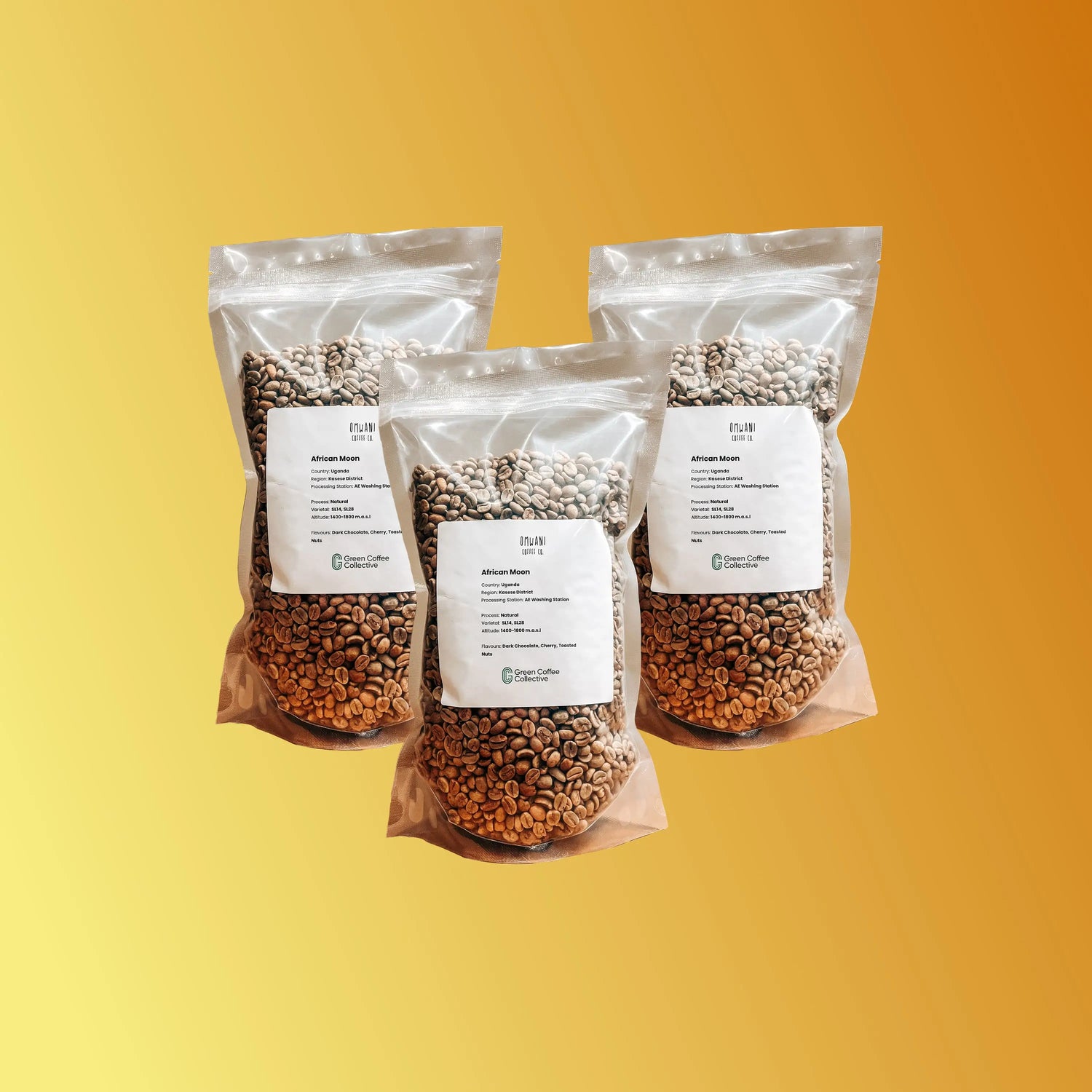
Your guide to Green Coffee Beans for Cold Brew
-
What makes a coffee good for cold brew?
-
Which flavour profiles work best in cold brew?
-
Does origin matter when choosing a cold brew coffee?
-
Perfect Green Coffee Beans for cold brew
-
Understanding Cold Brew & Bean Suitability
-
What to Look for in Green Coffee Beans for Cold Brew?
-
Key Characteristics of Ideal Beans for Cold Brew
-
Conclusion
